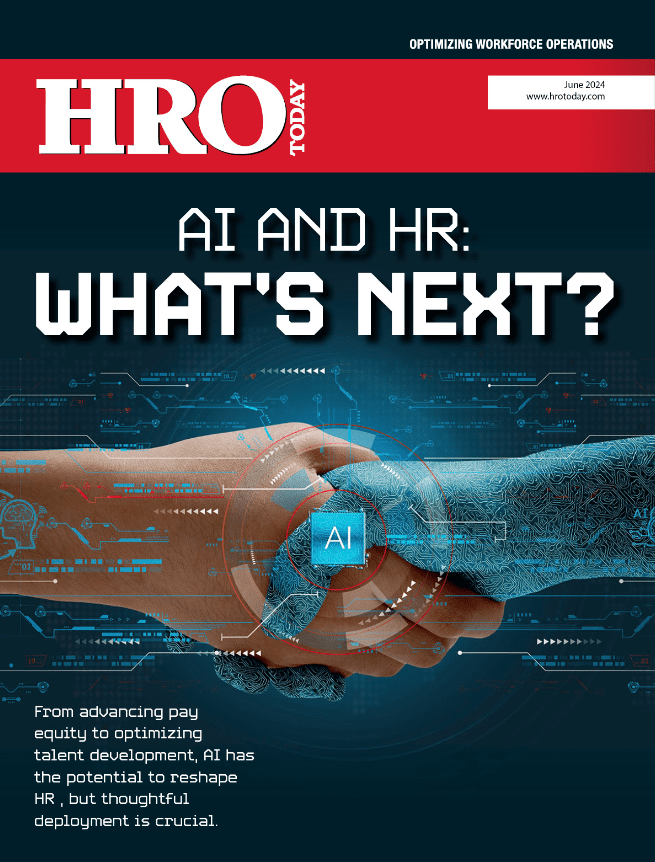The right data makes a huge difference in hiring efforts.
By Zee Johnson
With the national unemployment rate holding steady at 3.6% as of June 2022, securing quality talent is challenging for any position, but even more so for hard-to-fill roles. HR and TA leaders need to use every lever in their arsenal to hit hiring goals. Ensuring methods are heavily supported by data will help achieve sustainable success. With a firm knowledge of their numbers and where this data can be applied, TA leaders can boost efforts for acquiring candidates to fill difficult roles.
Ross Dzurko, vice president, talent services for Sevenstep points out that data plays a role before the hiring process even starts. “Data analytics begins before the job is opened,” he says, “with a focus on understanding the demographic and the market you’re looking to hire for.”
“The core metrics to be considered are in your funnel, starting at the very top with sourcing and advertising efforts,” he says. “Moving  down the funnel, it’s important to keep a close eye on ratios, particularly the number of candidates submitted to the number interviewed. If you have the right profile, it can reveal any disconnects that you may have.”
down the funnel, it’s important to keep a close eye on ratios, particularly the number of candidates submitted to the number interviewed. If you have the right profile, it can reveal any disconnects that you may have.”
Find the Recruiting Gaps
Over time, consistent auditing of data can allow an organization to see how well and how quickly they are filling vacancies. Natalie Scheiman, vice president, transformation for Sevenstep, says this type of information drives the acquisition of high-value talent.
“Data improves your quality of hire. Knowing where you’re struggling allows you to refine your job profile,” she says. “If you’re looking at data to see where you have flaws in the process or why candidates are dropping out, it will improve time to hire, too. That’s going to help you hire more quickly.”
Track the Candidate Journey
Up-to-date metrics can help the hiring function understand a candidate’s journey within the organization, further securing hard-to-fill positions.
“Once a candidate is in the seat, monitor your retention rates, as well as the candidate’s performance. The process doesn’t end when you fill the role. For repeat and niche skill sets, it’s important to understand if you have the right candidate in the seat,” says Dzurko.
Look for Drop Offs and Fallout
Scheiman says the candidate dropout rate is a signal for an area of improvement in the hiring process. From this, companies should ask the hard questions while analyzing data to see where the gaps exist.
Fallout can reveal many key details. Scheiman gives an example. One organization she is working with is targeting a new market, which requires specialized talent. The company is trying to figure out why sought-after candidates may go elsewhere for job opportunities by analyzing their compensation packages, their market offerings, and their mission and values.
Drive Progress
It’s in a company’s best interest to invest in data and analytics to know where they stand in their hard-to-fill talent acquisition efforts and where they need to be.
“Leverage data to drive progress and process improvements throughout the entire funnel,” Dzurko says. “Data like ad response and click-through rates in your sourcing efforts will help you hone in on the right candidate pool for hard-to-fill positions. It’s going to help you craft your message.”
Data is just one of the drivers of a future-facing talent acquisition function. To learn more about the big picture, check out the recent article on the topic by Sevenstep: Talent Acquisition Checklist for the Path Forward.














